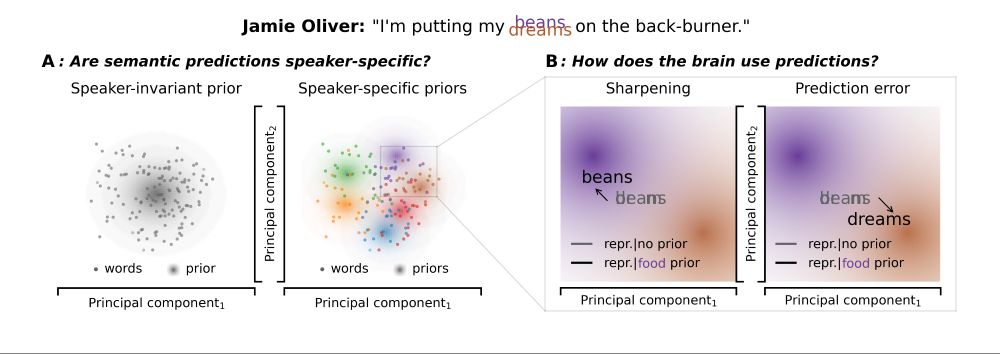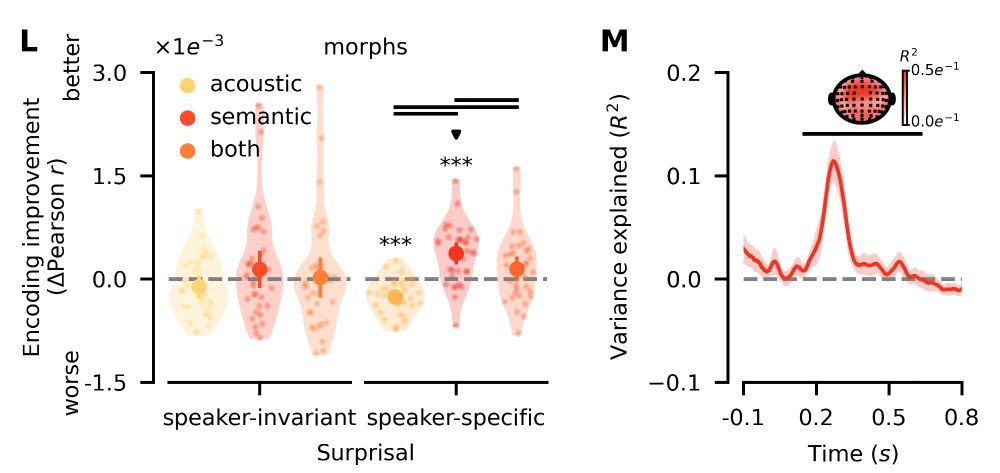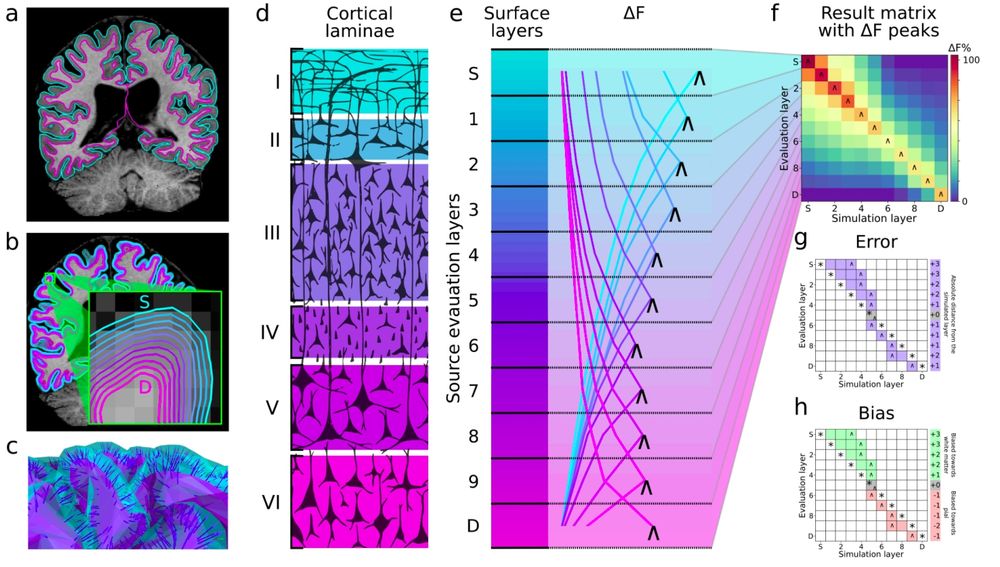Fabian Schneider
@fabianschneider.bsky.social
95 followers
120 following
18 posts
Doctoral researcher. Interested in memory, audition, semantics, predictive coding, spiking networks.
Posts
Media
Videos
Starter Packs
Pinned
Reposted by Fabian Schneider
Reposted by Fabian Schneider

![What do representations tell us about a system? Image of a mouse with a scope showing a vector of activity patterns, and a neural network with a vector of unit activity patterns
Common analyses of neural representations: Encoding models (relating activity to task features) drawing of an arrow from a trace saying [on_____on____] to a neuron and spike train. Comparing models via neural predictivity: comparing two neural networks by their R^2 to mouse brain activity. RSA: assessing brain-brain or model-brain correspondence using representational dissimilarity matrices](https://cdn.bsky.app/img/feed_thumbnail/plain/did:plc:e6ewzleebkdi2y2bxhjxoknt/bafkreiav2io2ska33o4kizf57co5bboqyyfdpnozo2gxsicrfr5l7qzjcq@jpeg)












